 Prime Minister Carney announced new tariff support for Canada’s lumber and steel industries. In related news: Carney pins hopes on domestic consumption; FPAC emphasizes need for a softwood lumber agreement; COFI says BC also needs to take action on competitiveness; BC’s Forest Minister says its a good start; a New Brunswick insider says it won’t make a difference; and the US Lumber Coalition says its an abuse of the US market. In other Business news: Williams Lake mayor is blindsided by Drax’s announcement of pellet plant closure; and more on New Brunswick’s fallout from Maine mill wood suspension.
Prime Minister Carney announced new tariff support for Canada’s lumber and steel industries. In related news: Carney pins hopes on domestic consumption; FPAC emphasizes need for a softwood lumber agreement; COFI says BC also needs to take action on competitiveness; BC’s Forest Minister says its a good start; a New Brunswick insider says it won’t make a difference; and the US Lumber Coalition says its an abuse of the US market. In other Business news: Williams Lake mayor is blindsided by Drax’s announcement of pellet plant closure; and more on New Brunswick’s fallout from Maine mill wood suspension.
In Forestry/Climate news: the European Parliament approved a one-year extension to its deforestation law; the European Union adopted a new Bioeconomy strategy; Domtar plans to continue reporting GHGs despite EPA’s reporting change; and Drax responds to ENGO claims of tree-burning. Meanwhile: protesters returned to BC’s Walbran valley after arrests; and North Cowichan reaffirmed its forestry plan commitments.
Finally: Ken Kalesnikoff announced his company’s transition to fourth generation family leadership.
Kelly McCloskey, Tree Frog News Editor
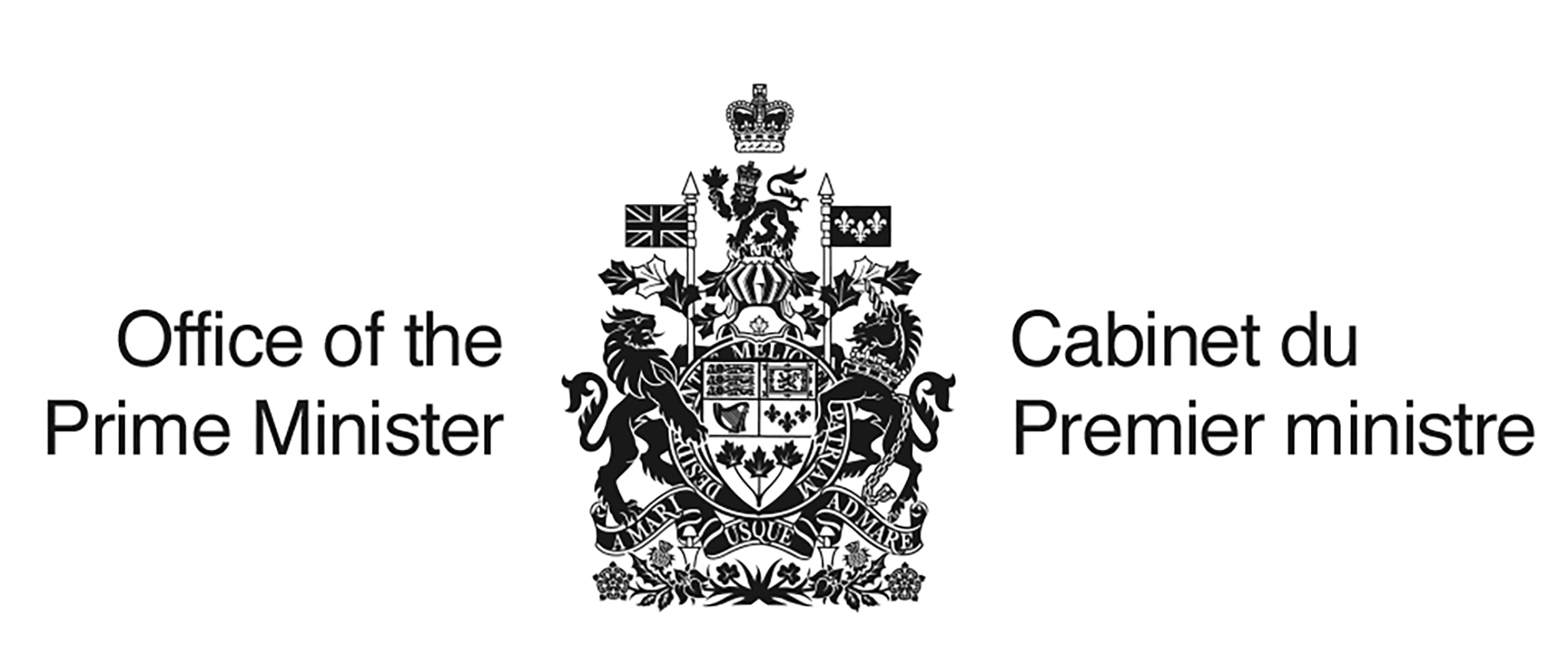 Canada’s government has moved quickly to protect and strengthen the sectors most affected by U.S. tariffs –
Canada’s government has moved quickly to protect and strengthen the sectors most affected by U.S. tariffs – 


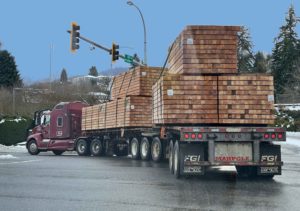 Ottawa threw the beleaguered softwood lumber industry a bone. …The new measures include $500 million in new loan guarantees for softwood lumber companies. “Loans are only good if i can sell my prioduct and pay for those loans,” said Brian Menzies, at the Independent Wood Processors Association of BC. “At 45%, I can t sell my product into the United States.” Other steps announced include cutting freight rates. …The measures are window dressing – say some – when compared to the impact of the steel industry supports. “I’m afraid we’ve come to the point that ‘Sophies choice’ is happening and softwood lumber is the child who’s going to be left behind,” said Menzies. It’s a concern shared at Leslie Forest Products, in Delta where James Sanghera said the measures won’t make a difference. “Most of the wood we’re sending down to the States is going on truck.”
Ottawa threw the beleaguered softwood lumber industry a bone. …The new measures include $500 million in new loan guarantees for softwood lumber companies. “Loans are only good if i can sell my prioduct and pay for those loans,” said Brian Menzies, at the Independent Wood Processors Association of BC. “At 45%, I can t sell my product into the United States.” Other steps announced include cutting freight rates. …The measures are window dressing – say some – when compared to the impact of the steel industry supports. “I’m afraid we’ve come to the point that ‘Sophies choice’ is happening and softwood lumber is the child who’s going to be left behind,” said Menzies. It’s a concern shared at Leslie Forest Products, in Delta where James Sanghera said the measures won’t make a difference. “Most of the wood we’re sending down to the States is going on truck.”




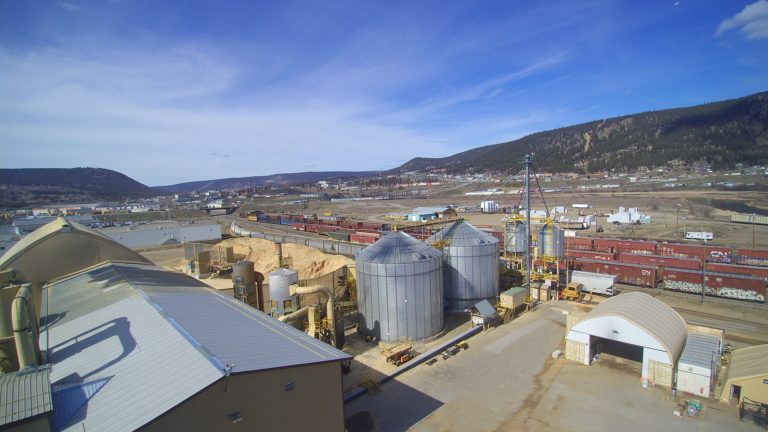
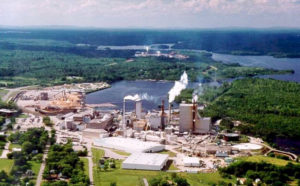

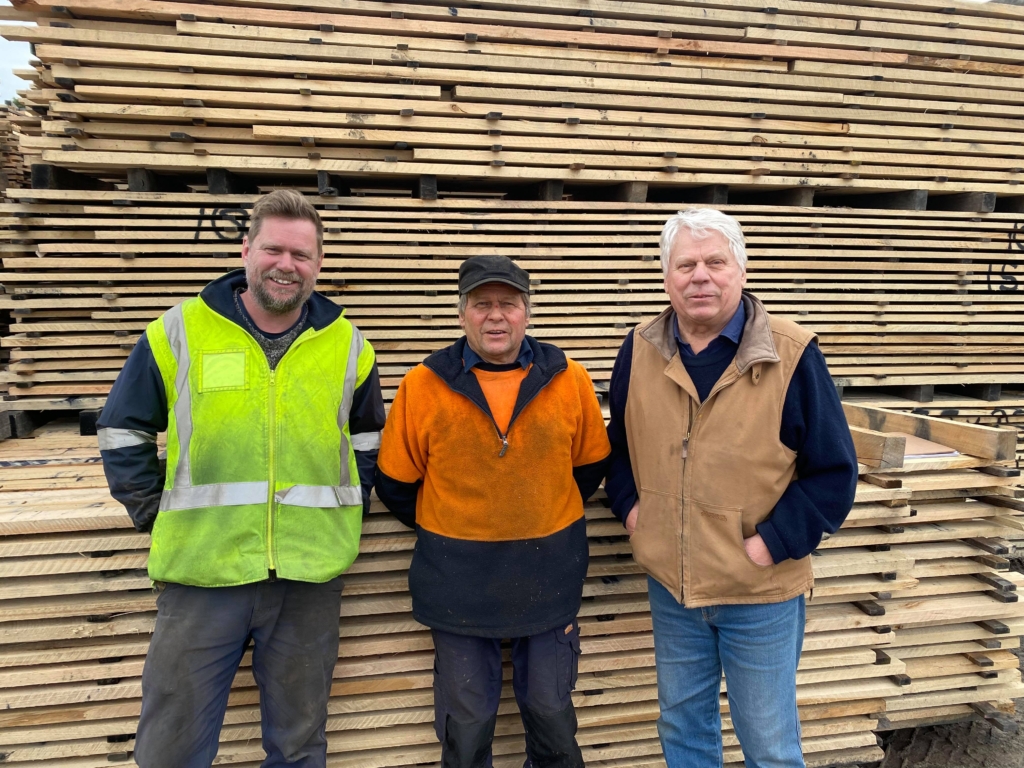


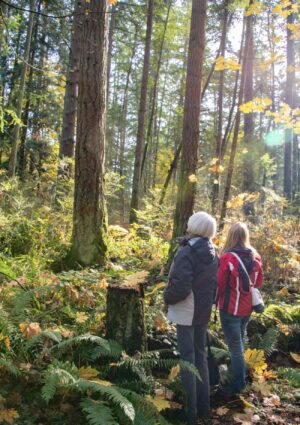 The European Parliament has approved measures to simplify the EU Deforestation Regulation adopted in 2023, which aims to ensure that products sold in the EU are not sourced from deforested land, according to the European Parliament. The new position grants companies an additional year to comply with the regulation. Large operators and traders must apply the obligations from 30 December 2026, and micro and small enterprises from 30 June 2027. The extension is designed to support a smooth transition and allow upgrades to the IT system used for electronic due diligence statements. Parliament agreed that the responsibility for submitting due diligence statements should rest with businesses that first place products on the EU market, not with later traders. Micro and small primary operators will now be required to file only a single simplified declaration instead of full due diligence reports.
The European Parliament has approved measures to simplify the EU Deforestation Regulation adopted in 2023, which aims to ensure that products sold in the EU are not sourced from deforested land, according to the European Parliament. The new position grants companies an additional year to comply with the regulation. Large operators and traders must apply the obligations from 30 December 2026, and micro and small enterprises from 30 June 2027. The extension is designed to support a smooth transition and allow upgrades to the IT system used for electronic due diligence statements. Parliament agreed that the responsibility for submitting due diligence statements should rest with businesses that first place products on the EU market, not with later traders. Micro and small primary operators will now be required to file only a single simplified declaration instead of full due diligence reports. Conservative Forestry Critic Ward Stamer wants to decrease regulation of the logging industry and an increase to the annual allowable cut. Logging proponents love to cite how important and valuable the industry is to B.C. communities. The reality, however, is quite different. Here are some figures that show clearly – in almost every metric – that logging is less valuable to B.C. communities and the B.C. economy than tourism. … These figures of the logging industry are from 2022 and the tourism figures are from 2022 and 2023, so they are roughly comparable. Tourism employed over 125,700 people; logging and related industry employed approximately 100,000. Tourism resulted in $5.9 billion in wages and salaries in 2023, 11.8 per cent higher than in 2022; Logging and related industries resulted in approximately $9.1 billion. There were 16,860 tourism businesses in operation in 2023, mostly in small communities, many of them remote and, increasingly, more of them Indigenous owned.
Conservative Forestry Critic Ward Stamer wants to decrease regulation of the logging industry and an increase to the annual allowable cut. Logging proponents love to cite how important and valuable the industry is to B.C. communities. The reality, however, is quite different. Here are some figures that show clearly – in almost every metric – that logging is less valuable to B.C. communities and the B.C. economy than tourism. … These figures of the logging industry are from 2022 and the tourism figures are from 2022 and 2023, so they are roughly comparable. Tourism employed over 125,700 people; logging and related industry employed approximately 100,000. Tourism resulted in $5.9 billion in wages and salaries in 2023, 11.8 per cent higher than in 2022; Logging and related industries resulted in approximately $9.1 billion. There were 16,860 tourism businesses in operation in 2023, mostly in small communities, many of them remote and, increasingly, more of them Indigenous owned. Domtar Corp. and Eastman Chemical Co. said they will continue to record and report climate-warming emissions even with the Environmental Protection Agency’s move to end a reporting program for them. The EPA’s Greenhouse Gas Reporting Program, which went into effect in 2010, requires about 8,000 facilities to annually report their greenhouse gas emissions. That includes chemical plants and pulp and paper manufacturing facilities like Eastman and Domtar’s Kingsport locations. …Domtar said in a statement to Six Rivers Media that it plans to continue reporting greenhouse gas data and reducing those emissions are part of the company’s objectives. “Many of our customers and stakeholders are concerned about climate issues, and carbon footprints are increasingly being considered in purchasing decisions,” said Jan Martin, Domtar’s director of U.S. Public Affairs. …Other industry trade groups have shared their own concerns over the end of the program, saying it could complicate their processes or add new costs.
Domtar Corp. and Eastman Chemical Co. said they will continue to record and report climate-warming emissions even with the Environmental Protection Agency’s move to end a reporting program for them. The EPA’s Greenhouse Gas Reporting Program, which went into effect in 2010, requires about 8,000 facilities to annually report their greenhouse gas emissions. That includes chemical plants and pulp and paper manufacturing facilities like Eastman and Domtar’s Kingsport locations. …Domtar said in a statement to Six Rivers Media that it plans to continue reporting greenhouse gas data and reducing those emissions are part of the company’s objectives. “Many of our customers and stakeholders are concerned about climate issues, and carbon footprints are increasingly being considered in purchasing decisions,” said Jan Martin, Domtar’s director of U.S. Public Affairs. …Other industry trade groups have shared their own concerns over the end of the program, saying it could complicate their processes or add new costs. 
 In response to an article published by The Guardian regarding our Canadian sustainable biomass operations, Miguel Veiga-Pestana, Drax’s Chief Sustainability Officer, wrote this response: The environmental non-profit Stand.earth fails to see the wood from the trees when it comes to the Canadian forestry industry and Drax’s limited role within it (
In response to an article published by The Guardian regarding our Canadian sustainable biomass operations, Miguel Veiga-Pestana, Drax’s Chief Sustainability Officer, wrote this response: The environmental non-profit Stand.earth fails to see the wood from the trees when it comes to the Canadian forestry industry and Drax’s limited role within it (